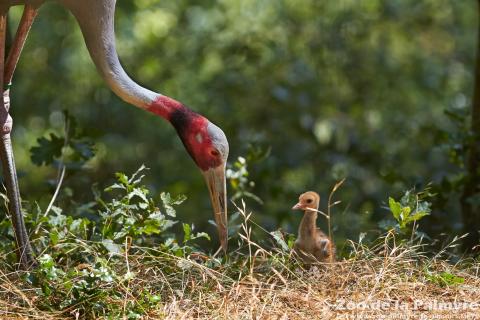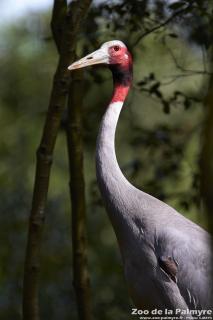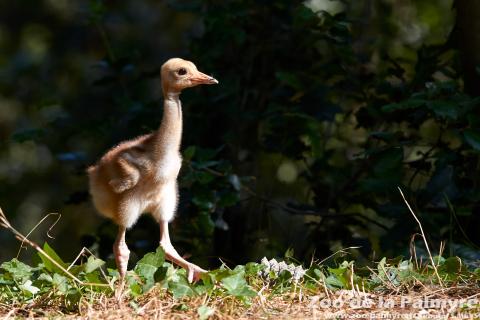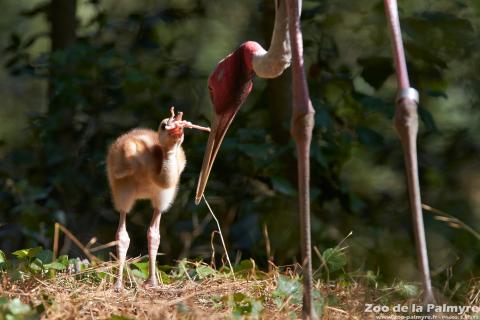Sarus Crane
Sarus Crane
Grus antigone

Sarus Crane
Sarus Crane
Grus antigone

-
Class
Aves -
Order
Gruiformes -
Familly
Gruidae
-
 1.75m
1.75m -
 8-10kg
8-10kg -
 28–32 days
28–32 days -
 2
2 -
 more than 30 years
more than 30 years
-
Diet
omnivorous (grains, cereals, small vertebrates and invertebrates) -
Habitat
cultivated land -
Range
India, South-east Asia and Australia -
Population in the wild
En diminution -
IUCN REDLIST status


Sarus Cranes are the largest cranes. In the breeding season, couples, who generally mate for life, engage in spectacular parades accompanied by loud cries.
Their nests, built from plants, are constructed on water or in flooded areas. Both males and females incubate the eggs. Chicks can follow their parents from the day they are born.
This species is endangered by the destruction of its habitat, especially the drying up of wetlands. Trade in chicks and adults is another major threat, especially in Southeast Asia.






